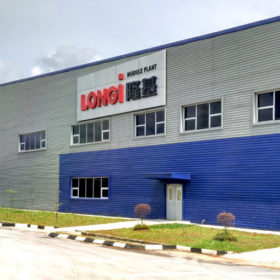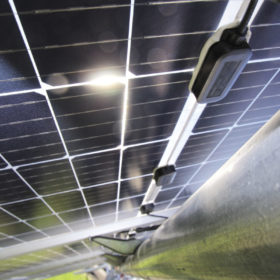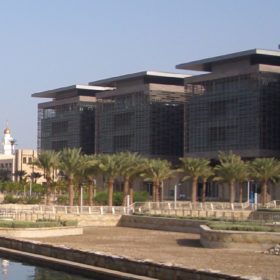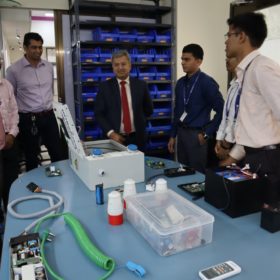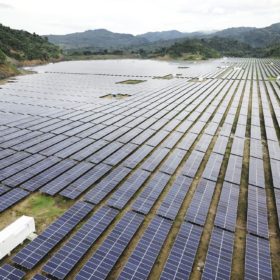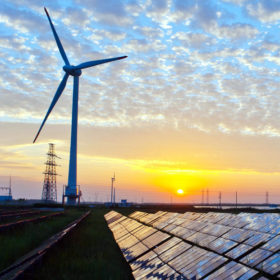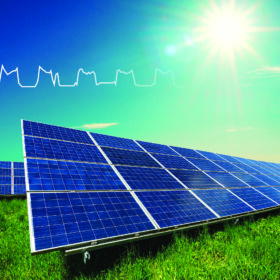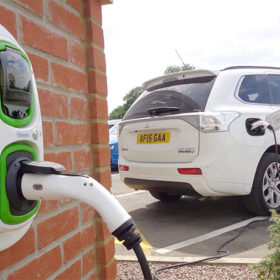Longi claims 22.38% efficiency world record for PERC mono panel
The Chinese manufacturer said the result was confirmed by Germany’s TÜV Rheinland. The achievement beats the company’s previous record of 21.65%, set last month.
The long read: Back to the drawing board
The combined use of trackers and bifacial modules can result in significant power gains, but they are not distributed equally. For single-axis tracking R&D teams, the process of optimizing the output from arrays that use bifacial modules requires experimentation and a steep learning curve in terms of what is going on underneath the module.
Stretching exercises for crystalline silicon solar cells
Researchers from Saudi Arabia’s King Abdullah University of Science and Technology have created flexible solar cells made of crystalline silicon. They claim to have stretched a crystalline silicon cell’s surface by around 95% while maintaining conversion efficiency of around 19%.
Magenta Power opens R&D centre for EV chargers and energy informatics
The R&D facility in Navi Mumbai will house three automation labs to ensure EV charger design and development as per the international quality and safety standards for cells and battery packs, rapid prototyping, and reliability and environmental tests.
The long read: Quality management and our new robot overlords
When talking about processes to ensure quality in renewable energy – whether in the production of materials or the operation of a power plant – it can be a struggle to avoid excessive jargon and keep things simple enough to translate into effective improvements on the ground. Experienced project manager Nabeel Ismeer decrypts some of the geekspeak from the world of quality.
GAIL to fund start-ups in renewable and alternate energy space
Startups looking for an equity investment from the state-owned gas utility can submit proposals online till January 24.
US scientists claim clear-sky irradiance model provides better results for module testing
Researchers at the American Institute of Physics have used the clear-sky irradiance model developed by the National Renewable Energy Laboratory to measure the degradation rates of solar panels at a testing field in Germany over five years. The scientists say the model, when combined with real-world data, offers an efficient tool to evaluate the aging of PV technology.
Proposals invited for joint Indo-Hungary research in renewable energy
Multidisciplinary research teams and linkages to industrial partners are highly encouraged. Project duration is 36 months. The deadline for submitting the applications is March 11, 2020.
Maximizing the potential of PV irrigation in Spain’s ‘Sea of Plastic’
Spanish researchers have developed an analytical model to optimize the operation of PV water pumping systems. They say simultaneously irrigating different parts of a farm could help minimize costs and maximize energy use. The model was tested on an olive farm divided into four zones in the Spanish province of Almería.
UK University to help design EV batteries for Indian climate
The university researchers will provide expertise in the operation and management of lithium-ion batteries, environmental test facilities for battery modules and advanced battery analysis techniques.
